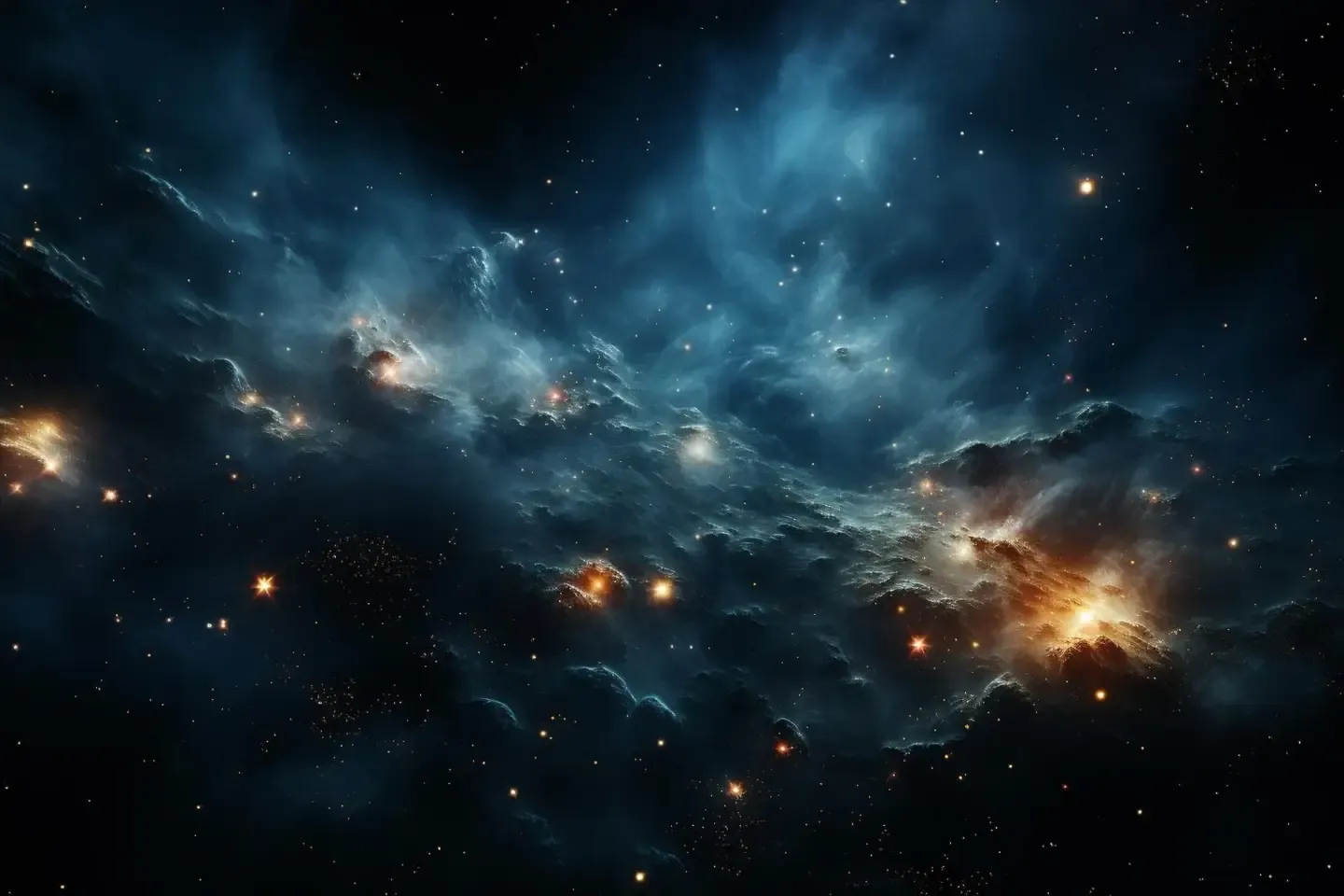The universe, a vast expanse of stars, galaxies, and cosmic mysteries, has long captivated the human imagination. While scientists have made significant strides in understanding its origins and evolution, one of the most perplexing questions remains: what is dark matter, and where did it come from?
For decades, scientists have grappled with the concept of dark matter, an invisible substance that makes up approximately 85% of the universe’s total matter. Its existence is inferred from its gravitational effects on visible matter, such as galaxies and galaxy clusters. However, its composition and origin have remained elusive.
Now, a groundbreaking theory, known as the “Dark Big Bang,” is challenging our conventional understanding of the universe’s early history. This theory proposes that dark matter did not arise from the same Big Bang event that gave birth to ordinary matter. Instead, it suggests that a separate, parallel “Dark Big Bang” occurred, generating dark matter independently.
The conventional Big Bang theory posits that the universe began as a hot, dense state and rapidly expanded, cooling and forming the structures we observe today. However, this theory does not fully account for the observed abundance of dark matter. The “Dark Big Bang” theory offers a compelling alternative, suggesting that dark matter may have its own unique origins.
In this scenario, the universe underwent two distinct phases of rapid expansion. The first, the familiar Big Bang, created ordinary matter, while the second, the “Dark Big Bang,” gave rise to dark matter. This second phase, occurring shortly after the initial Big Bang, involved the decay of a quantum field trapped in a false vacuum state. This decay process released a burst of energy that transformed into dark matter particles.
The “Dark Big Bang” theory has several implications for our understanding of the universe. Firstly, it suggests that dark matter may have its own unique properties and interactions, distinct from those of ordinary matter. This could explain why dark matter has thus far evaded direct detection. Secondly, the theory provides a potential explanation for the observed abundance of dark matter in the universe. The “Dark Big Bang” could have generated the right amount of dark matter to account for its gravitational effects on cosmic structures.
While the “Dark Big Bang” theory is still in its early stages, it has generated significant excitement and debate among scientists. If confirmed, it could revolutionize our understanding of the universe’s origins and the nature of dark matter.
The search for evidence supporting the “Dark Big Bang” theory is ongoing. Scientists are exploring various avenues, including the study of gravitational waves and the cosmic microwave background radiation, to gather clues about the early universe. Additionally, experiments designed to directly detect dark matter particles are being conducted, which could provide crucial insights into its properties and origins.
The “Dark Big Bang” theory represents a bold new step in our quest to unravel the mysteries of the universe. It offers a tantalizing glimpse into a possible parallel history, where dark matter emerged from its own unique Big Bang event. As scientists continue to delve deeper into the cosmos, we may soon uncover the secrets of dark matter and gain a more complete understanding of our universe’s origins.

